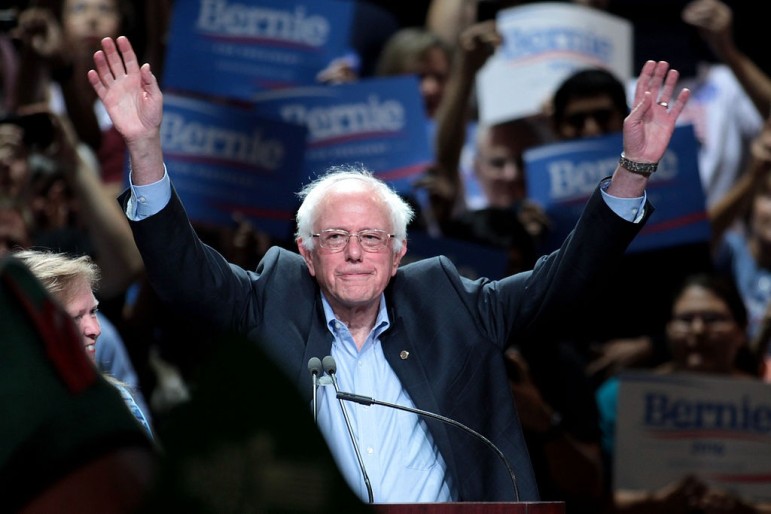
October 4, 2015; New York Times
Last week, NPQ ran a newswire about what nonprofit fundraisers might be able to learn from Republican online fundraising stats, so this week we will look at what, if anything, we can learn from the extraordinary recent performance of the Bernie Sanders presidential campaign. A New York Times editorial calls that performance “a fundraising shocker” in that it is astoundingly neck-and-neck with Hillary Clinton’s campaign, having brought in more than $26 million in small-dollar donations over the last quarter. Clinton brought in $28 million, but this entailed the power couple double-teaming the high-dollar donor circuit.
How out of the ordinary is Sanders’s fundraising? In August, another article in the Times reported, “Fewer than four hundred families are responsible for almost half the money raised in the 2016 presidential campaign, a concentration of political donors that is unprecedented in the modern era.”
Sanders has made a point—along with Donald Trump, by the way—of eschewing the Super PAC route. He’s running as a social democrat with a clear economic justice message, and he does not spend his time in rooms that belie that message, meaning that he is primarily dependent on low dollar online donations. His campaign has 1.3 million donations, averaging $30 each, from 650,000 distinct contributors—surpassing the small-dollar gifts record held by the 2008 Obama campaign. Three months ago, Clinton’s campaign reported a total of 250,000 donors, but this excludes the last quarter’s gains.
The New York Times editorial reads:
Sign up for our free newsletters
Subscribe to NPQ's newsletters to have our top stories delivered directly to your inbox.
By signing up, you agree to our privacy policy and terms of use, and to receive messages from NPQ and our partners.
The small-donor activity may reflect growing public concern that democracy is under assault from politicians’ increasing reliance on millionaire supporters. An opinion poll this month by Bloomberg Politics shows that a stunning 78 percent of the public favors overturning the Supreme Court’s Citizens United decision, which has unleashed unlimited amounts of cash on political races, much of it coming from undisclosed sources. The public’s disdain cuts across party lines, with 80 percent of Republicans, 83 percent of Democrats and 71 percent of independents opposed to the court’s allowing corporations and unions to spend unlimited amounts on political causes.
The editorial concludes:
The totals for candidates’ formal campaigns are separate from the scores of millions in special-interest money amassed by super PACs trying to dominate the election. Whatever his fate before the voters, Mr. Sanders has shown that it’s possible to amass a war chest from ordinary people who are sick and tired of big money politics.
So what might this mean for nonprofits? The improbable success of Bernie Sanders, who has never tried to disguise his politics as a Democratic Socialist, may suggest that a little authenticity mixed with integrity goes a long way—and that may be a difficult sell to the general public if most of your budget is covered by larger donations given by people who want your attention in direct proportion to the size of their gift or contract. It’s about the accountability, stupid!—Ruth McCambridge











